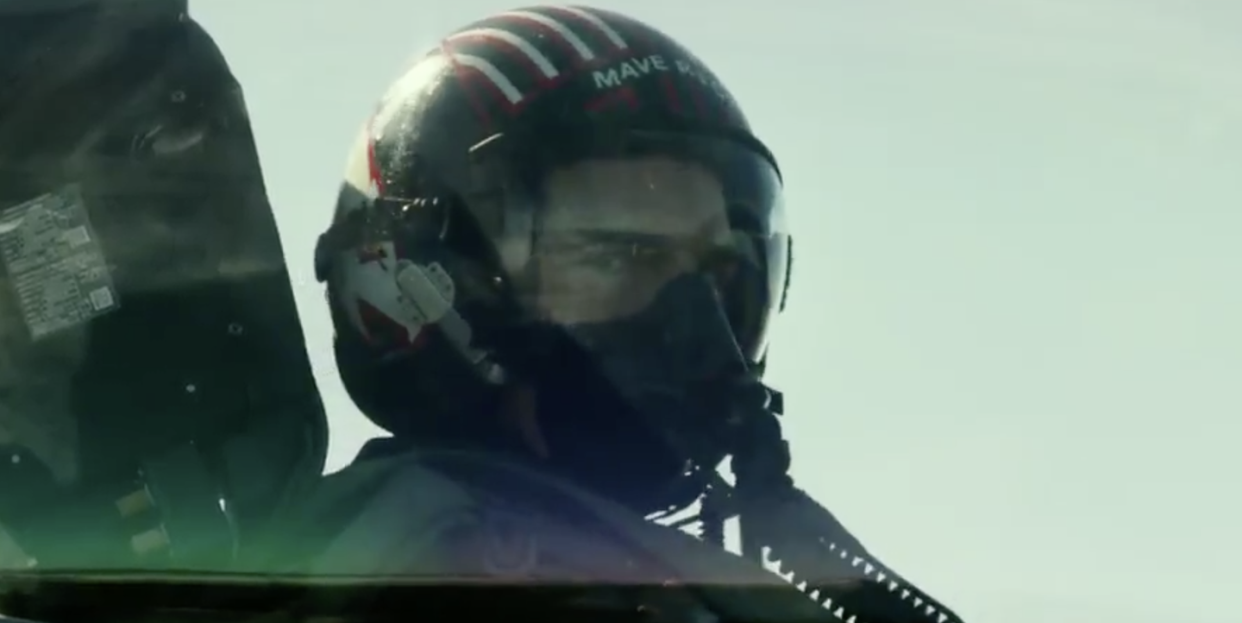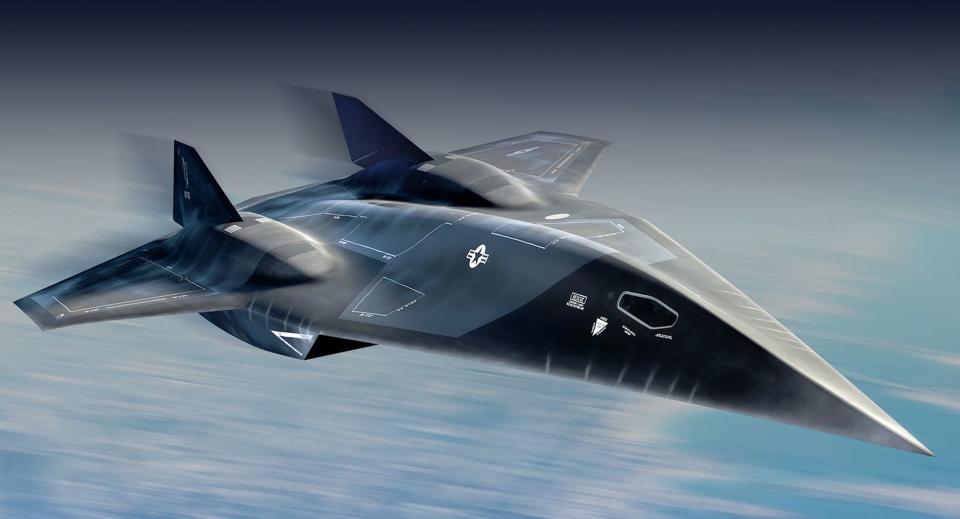Maverick Would Have Been Smooshed If He Jumped From That Plane, Says Neil deGrasse Tyson

- Oops!Something went wrong.Please try again later.
Neil deGrasse Tyson commented on Twitter that one Top Gun: Maverick stunt in particular would result in certain death.
If Maverick ejected at Mach 10.5, which is 10.5 times the speed of sound, he’d be toast, or more likely, the consistency of jelly.
A pilot did survive ejecting at just over the speed of sound, but just barely.
Neil deGrasse Tyson doesn’t tiptoe around the truth, no matter how grisly.
The astrophysicist stated recently on his Twitter account that Tom Cruise’s character, Maverick, would have failed quite badly if his stunt in the blockbuster film Top Gun 2: Maverick had been real.
⚛️ You know science can explain it. Learn with us—join Pop Mech Pro.
At the beginning the movie, which racked up $1.45 billion worldwide, Maverick ejects from a hypersonic fighter plane while speeding along at Mach 10.5. He survives without injury, which is great, but it’s solely due to movie magic. “At that air speed, his body would splatter like a chainmail glove swatting a worm. Just sayin’,” Tyson tweeted on October 9.
Mach 10.5 is equivalent to about 7,980 miles per hour, or 10.5 times the speed of sound. A supersonic airplane is transcending the speed of sound, or going faster than Mach 1. A hypersonic airplane is going faster than Mach 5. When an airplane breaks the sound barrier (about 760 mph), those on the ground hear a particular boom as the plane passes overhead. That’s the noise of incredibly compressed air forcibly parting before the plane.
“At supersonic speeds, air cannot smoothly part for you. You must pierce it, which largely accounts for the difference in fuselage designs between subsonic and supersonic planes,” Tyson went on in a related tweet with an illustration showing a supersonic plane encountering overlapping sound wavefronts that form a “shock cone” in front of the plane. “For this reason, the air on your body, if ejecting at these speeds, might as well be a brick wall.”
Tyson says Maverick ejected at 7,000 mph, “giving him 400 million joules of kinetic energy—the explosive power of 100 kg of TNT. A situation that human physiology is not designed to survive. So, no. Maverick does not walk away from this. He be dead. Very dead.”

Even if that figure may vary a little—it does depend on air density and temperature—at that speed, we’ve gotta believe that even the fantastically talented and skilled Maverick wouldn’t make it. Kinetic energy, the energy a body in motion has by virtue of being in motion, depends on the speed of the object. If you want to imagine the deleterious effects of an object in motion coming to a sudden stop, think about this: A car traveling at 60 mph has four times the kinetic energy of the same car traveling at 30 mph. The faster car is four times more likely to result in destruction if it crashes.
Here’s an account of what happened to Captain Brian “Noodle” Udell, who ejected at just over the speed of sound in 1989 and almost lost his limbs. His copilot was killed instantly. “People don’t understand what wind does to someone at that speed,” he says in a video interview. He suggests thinking about what happens when you stick your arm out the window of a car at 60 miles per hour. It blows back. “Imagine doing 800 miles an hour and what that will do—it starts ripping you apart.” Udell felt like he’d been hit by a train. He was rescued after hours of floating on a raft, and he eventually recovered.
Meanwhile, Elon Musk responded to Tyson’s analysis with his own tweet, musing that a “sealed escape pod with a heat shield would probably work.”
You Might Also Like

